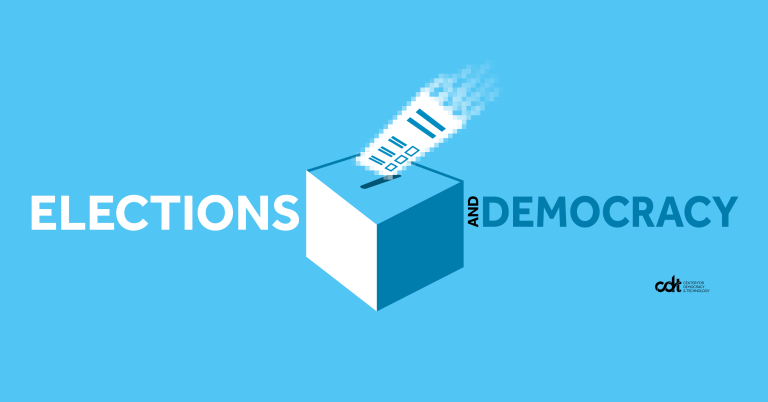Election Integrity Under Siege: Misinformation Threatens Post-Election Period
The 2024 US election cycle, while boasting the most secure voting systems in history, faces an unprecedented threat from the pervasive spread of misinformation. Malicious actors are actively disseminating false narratives and anecdotal claims of fraud, leveraging social media’s reach to sow distrust in the democratic process. This echoes the disinformation campaign that followed the 2020 election, culminating in the January 6th Capitol insurrection, and fuels widespread public anxiety about potential post-election violence. A recent Associated Press poll reveals a disturbing 40% of Americans anticipate political violence following the election, a concern validated by the Department of Homeland Security, which identifies "perceptions of voter fraud" as the primary trigger for potential unrest. This ominous forecast is further underscored by intelligence warnings of foreign interference seeking to undermine electoral integrity and incite violence, even after the polls close.
The post-election period, spanning from November 5th to the inauguration on January 20th, presents several critical junctures where the risk of violence is amplified. Key dates include November 5th and the subsequent weeks of ballot counting, during which shifting tallies might create a false impression of manipulation. December 11th marks the deadline for appointing state electors, a crucial step solidified by the 2022 Electoral Count Reform Act. December 17th sees the electors casting their votes, while January 6th is designated for Congressional vote counting, culminating in the presidential inauguration on January 20th. These dates represent potential flashpoints where misinformation could ignite unrest.
The proliferation of mis- and disinformation is expected to surge around these key dates, broadly categorized into two narratives: election denial and candidate-specific attacks. Election denial narratives focus on undermining the legitimacy of the results and the electoral process itself. These include false claims of vote manipulation based on fluctuating tallies during the counting process. It’s crucial to emphasize that final results are not expected on Election Day and that vote totals will evolve as ballots are processed. However, the “blue shift” phenomenon, where results shift towards Democratic candidates as mail-in ballots are counted, has received limited media attention, creating a potential vulnerability to manipulation. Rehashed narratives of rigged elections, voter fraud, and election official misconduct are also anticipated. Despite the rarity of actual voter fraud, these false claims, along with conspiracy theories about voting machines, natural disasters impacting election outcomes, and voter suppression tactics, are likely to resurface to delegitimize the results.
Candidate-specific disinformation aims to either bolster or undermine a candidate’s standing. This includes portraying candidates as victims of conspiracies or attacks, fostering a sense of injustice among supporters and potentially inciting violence. Conversely, shocking and often fabricated allegations against candidates, such as accusations of sexual misconduct or criminal activity, aim to disqualify them in the eyes of the public. These narratives, often amplified by foreign influence operations, create a fertile ground for extremist groups who portray themselves as defenders of law and order, further escalating the risk of violence.
The symbiotic relationship between online disinformation and offline disruptions poses a significant threat. While the direct impact of influence operations on election outcomes is difficult to quantify, the overall disinformation environment demonstrably undermines public trust and fuels unrest. The Department of Homeland Security’s warning about "perceptions of voter fraud" leading to violence, including potential ballot box arson, highlights this dangerous dynamic. The pre-January 6th environment serves as a stark reminder of how escalating disinformation can translate into real-world violence, including threats against election workers and disruptions at polling places.
The impact of misinformation extends beyond inciting violence; it also disrupts the essential work of election officials. Recent incidents, such as the Oregon Secretary of State’s office being overwhelmed by threatening calls fueled by social media misinformation, illustrate this challenge. Election officials have faced a barrage of threats, including ballot box arsons, the mailing of white powder envelopes, and other forms of intimidation. These tactics, often coupled with claims of election fraud, aim to mobilize attacks against election offices during the crucial vote counting and certification period. In response, election administrators have implemented security measures, ranging from physical barriers around counting facilities to providing Narcan for election workers in case of fentanyl contamination. This underscores the gravity of the threat and the lengths to which officials must go to protect the integrity of the electoral process.


